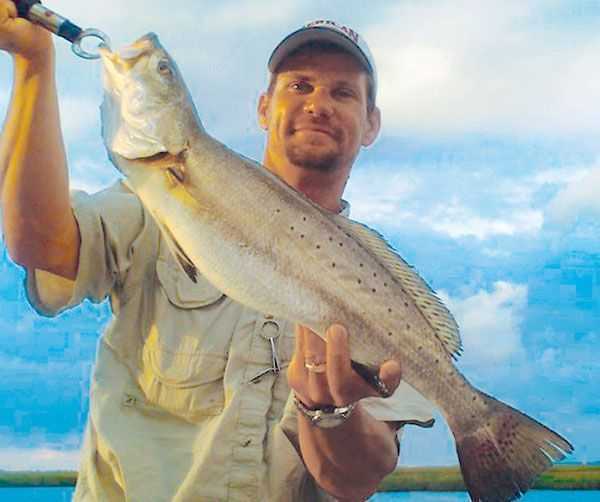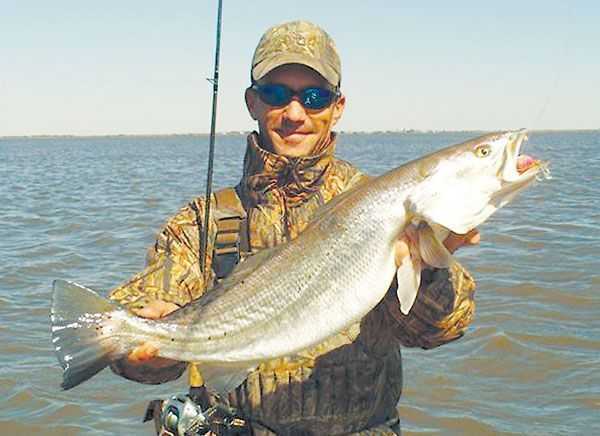
As much as we all want to get out of the house and hit the water, catching fish in the spring is easier said than done. With beautiful weather days interspersed between winter’s endless grip of cold and gray, I think this year most fisherman are cursing that ground hog. The spring months of March and April are what we call transition months. Specifically those are the months where most inshore species will be transitioning between favored winter locals and moving toward the areas that provide consistent summer forage. In the next few paragraphs let’s take a look at what makes it tough time to fish and look at how we can use those criteria to our advantage.
First of all the surface water will be warming from the winter lows in the 40s and 50s to temperatures in the 60-degree range. Some late April days may see select areas with water temperatures reaching the magical 70-degree mark for brief periods. With the water warming to a range that fish can be comfortable, speckled trout, redfish, and other inshore species won’t limit their feeding activities to deepwater habitats. Compounding this phenomenon is the fact that that while the water is warming it is still well within a range that will hold plenty of oxygen. There literally will not be any water that won’t be capable of holding fish. This will allow game fish to spread out considerably and require anglers to be their sharpest in search of fish that are in schools that are spread thin over a larger area and more varied habitats.
Also playing havoc on this period is the fact that winter is not over yet. Between the fishable days there will still be days where winter’s grip holds tight. Strong north winds and high barometric pressures of cold air masses will lower tide heights and drop water temperatures back into the 40s. This seemingly constant shift from conditions that will allow fish to go almost everywhere, to then being shifted back to deeper locals will cause the thinned schools to be constantly on the move.

Well Mr. Good news, what else do I have to contend with? There is another variable at play; Food sources for inshore species can change rapidly and from several different directions this time of year. Brown shrimp, having entered the bays during the late fall and early winter, will begin to slowly make their way out of the bay during this time. Juvenile menhaden and shad will be transitioning from winter habitat to areas where they will spend time maturing this coming summer (deep oyster reefs). If that’s not enough, bay anchovies will be hatching from spawn and will be entering the bays during this time (this has already been confirmed at the time of this writing). As they gain in size predator fish will take an increasing interest in the tiny silver glass like forage. Bay anchovies are very high in fat content and I refer to them as ‘crack’ for trout. But it’s not just trout that devour these delectable little morsels. Numerous inshore species will turn to this seasonally abundant baitfish for a period of time.
Now that we know what we’re up against lets take a look at how you can maximize your catch this spring. First of all, picking an area of shallow water with oyster reefs or scattered oysters, or rocks that are near deep water will allow you to target species better as they move from deep to shallow during brief warm up periods. Hackberry Rod & Gun in Hackberry, Louisiana are masters at fishing the spring transition. Another approach, and one that HR&G uses effectively to put more clients on fish more consistently is using a team approach. If one guide locates fish they are keen to let the other guides from the lodge know the pattern, depth, and lure selection, as well as what the fish are keying on that day. Team up with a buddy or two and be in constant communication as to what you each are seeing on the water. After all, it’s better than three boats going home empty handed and you’ll each use less gas running around chasing empty water, and remain fishing that days pattern instead of guessing and running around.